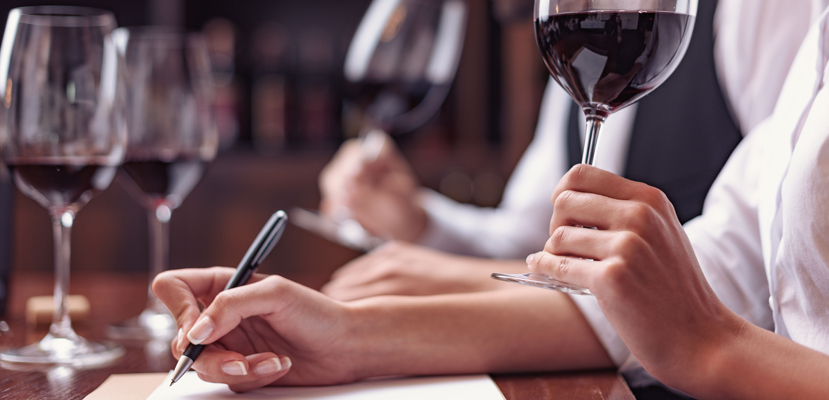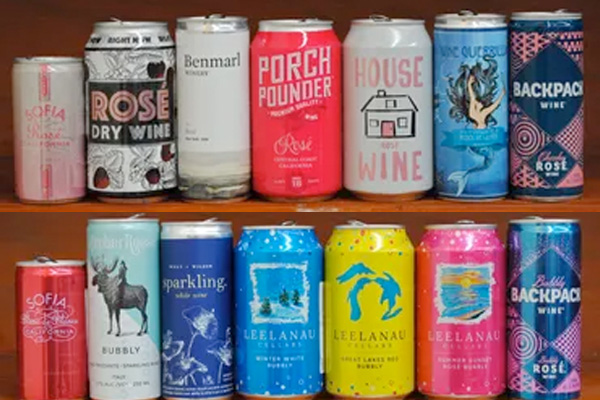APWASI launched this week 20 online wine and spirit certification courses in 26 languages. The newly released programs include the world’s first certified courses in “Icewine”, “Wines of China”, “Caviar” and “Truffles”.
The APWASI (Asia Pacific Wine and Spirit Institute) board unanimously agreed to move the launch forward to offer support to those in the airline, cruise line, hotel and hospitality industry who are facing uncertain, challenging and life-changing situations because of the global pandemic.
APWASI will be making the important Wine Essentials 1 Course complimentary and other courses qualify for special pricing. The program goals are to allow people to be more productive, acquire new knowledge and get certified during this period at home that many are experiencing.
In 2018/2019 there were over 100,000 wine and spirit students globally undertaking courses from various wine bodies. The wine and spirits market is explosively dynamic and experiencing generational, global and dramatic taste changes. APWASI’s mission when developing these career courses was to combine required fundamental theory and practical skills required for the workplace.
Industry experts were consulted to ensure APWASI courses had the impact and relevance to enable course graduates to be seamlessly and more easily absorbed into new career positions. As a non-profit organization, APWASI wants ensure the courses can be delivered globally and at scale.
Dr. Clinton Lee, Executive Director APWASI said, “It is imperative students have the choice now of a condensed route to attaining new skills with the flexibility to further upgrade those skills during their career. Not only are work skills important but so are cultural awareness levels. I was adamant that APWASI courses incorporate cultural awareness and we have done that. As a lifelong student myself, I can share through my own experience, that lifelong learning is the only way forward.”
APWASI developed a holistic approach for their students, from start to career, by developing strong strategic alliances with pivotal partners in the field. APWASI strategic alliances include Quini (http://www.quiniwine.com), a respected, established online wine tasting software company. Students can taste wine and record professional-grade tasting notes with ease, anywhere, anytime and recall them at the touch of a button. Students can also take online language study components through APWASI’s strategic partnership with Rosetta Stone Language. “Studying Italian wine and language just became much easier,” said Dr. Lee. APWASI students will also be able to keep up-to-date online with the wine industry through our highly valued APWASI strategic partner, Wine Spectator magazine.
Students will be able to access APWASI strategic partners, including global recruitment agencies geared to focus on APWASI graduates, to assist in placement during and after their course completion.
Roger Noujem, CEO of Quini, said, “Global industry requires talent that is digitally savvy in cross-functional areas of business. Going well beyond being personally knowledgeable about wine, for example. It is skills related to bringing automation ideas to the workplace that have now become more important than ever in the wine and hospitality sectors. With the new depth of education, certifications, virtual environment and partnerships that APWASI has crafted, we see a paradigm shift that QUINI is exceptionally proud to help advance and stand shoulder to shoulder with APWASI on.”
For further details: http://www.apwasi.com.



